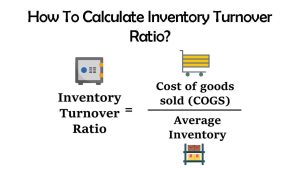How to Calculate Debt to Equity Ratio? : In this post we will learn how to calculate debt to equity ratio step by step.
The debt to equity ratio also called d/e ratio is used to measure a firm’s total debt to total equity. The d/e ratio indicates the proportion of a firm’s funding that arises from creditors and investors. A greater d/e ratio means that creditor funding is often used than investor.
Total liabilities are divided by total equity to determine the d/e ratio. Since all of the components are listed on the company’s balance sheet, the d/e ratio is called a balance sheet ratio.

Formula to Calculate Debt to Equity Ratio
Debt to Equity Ratio = Total liabilities/Total equity
Example – ABC ltd has a long term loan of 10,00,000 and a mortgage on land of 5,00,000. The Shareholder has invested 5,00,000. Find the D/E ratio?
Debt to Equity Ratio = Total liabilities/Total equity
= 10,00,000+5,00,000/5,00,000
= 15,00,000/5,00,000
= .3
Debt to Equity Ratio Analysis
While some sectors need more debt funding than others, each business has its own d/e ratio standard. A debt ratio of.5 indicates there are half as many obligations as there are equity. In other terms, the business’s investments are financed 2-to-1 from investors to creditors. This implies that owners own 66.6 percent of every dollar in business assets, whereas creditors own just 33.3 percent.
A d/e ratio of one indicates that both investors and borrowers have an equivalent interest in the company’s properties.
A smaller d/e ratio typically indicates a more financially viable firm. Firms with a greater d/e ratio are seen as riskier by creditors & investors than those with a lower ratio. Debt, as comparison to equity funding, would be returned to the investor. Debt funding could be much more costly than equity funding because it often involves debt management or monthly interest charges. Firms who use a lot of loans may not be able to meet the payments
A greater d/e ratio is seen as risky by creditors since it indicates that taxpayers have not financed the activities more than creditors have. In other words, owners should not have the same stake in the business as creditors. This might imply that investors are unable to finance corporate activities since the enterprise is underperforming. Inadequate profitability could also be a factor in the firm’s decision to pursue additional debt funding.



